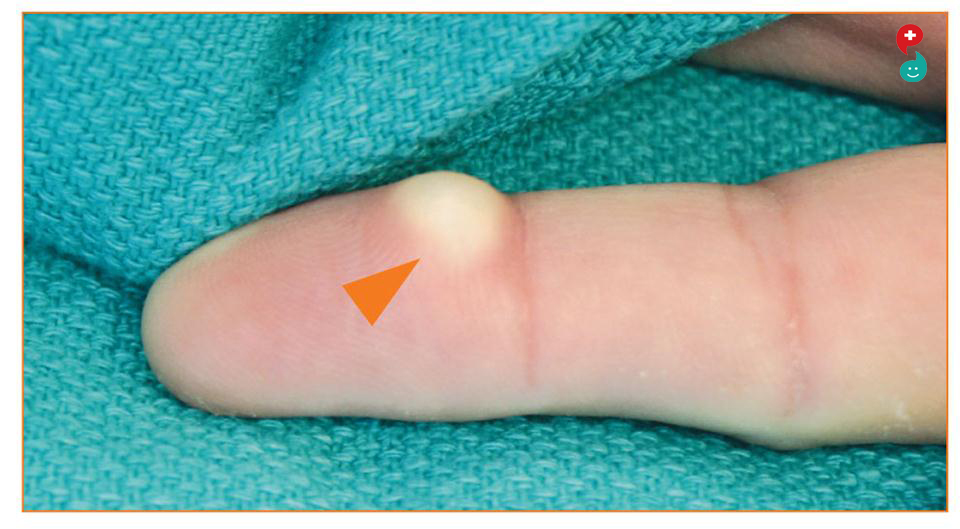
Bone cancer describes a malignant tumor of the bone that destroys healthy bone tissue.
Bone cancer is divided into primary and secondary bone cancer: primary bone cancer forms in the cells of the bone and secondary bone cancer starts elsewhere, eventually spreading to bones.
In this article, we will discuss the survival rates, types, causes, symptoms, and treatments for bone cancer.
Fast facts on bone cancer:
Benign bone tumors are more common than malignant bone tumors.
There are a number of different bone cancer types.
Early symptoms might include pain in the affected area.
A range of diagnostic tests can help diagnose bone cancer.
Radiotherapy, chemotherapy, and surgery can all be used to treat bone cancer.
Treatment
The type of treatment for bone cancer depends on several factors, including:
the type of bone cancer
where it is located
how aggressive it is
whether it is localized or has spread
There are three approaches to treating bone cancer. These are surgery, radiation therapy, and chemotherapy.
Surgery
Surgery aims to remove the tumor and some of the bone tissue that surrounds it. If some of the cancer is left behind, it may continue to grow and eventually spread.
Limb-sparing surgery, also known as limb salvage surgery, means that surgical intervention occurs without having to amputate the limb. The surgeon may take some bone from another part of the body to replace lost bone, or an artificial bone may be fitted.
In some cases, however, amputation of a limb may be necessary.
Radiation therapy
Radiotherapy is commonly used in the treatment of many cancer types. It involves the use of high-energy X-rays or particles to destroy cancer cells. Radiotherapy works by damaging the DNA inside the tumor cells, preventing them from reproducing.
Radiotherapy can be used to:
cure the patient by completely destroying the tumor.
relieve pain in more advanced cancers.
shrink the tumor, making it easier to then surgically remove it.
eliminate the cancer cells that remained behind after surgery.
Combination therapy is radiotherapy combined with another type of therapy. This may be more effective in some cases.
Chemoradiation, or radiotherapy combined with chemotherapy, may also be used.
Chemotherapy
Chemotherapy involves the use of chemicals to treat disease. More specifically, it refers to the destruction of cancer cells. Chemotherapy has five possible goals:
Total remission: Chemotherapy aims to cure the patient. In some cases, chemotherapy alone can get rid of the cancer completely.
Combination therapy: Chemotherapy can help other therapies, such as radiotherapy or surgery, produce better results.
Delay or prevent recurrence: Chemotherapy, when used to prevent the return of cancer, is most often used after a tumor has been removed surgically.
Slow down cancer progression: Chemotherapy can slow down the advancement of the cancer.
Chemotherapy may also help to relieve symptoms; this is more frequently used for patients with advanced cancer.
Causes
While doctors are unsure or precise causes, patients with long-term inflammatory diseases, such as Paget's disease are at a significantly higher risk of developing bone cancer later in life. However, nobody can explain why one person gets bone cancer while another one does not. It is not contagious.
The following groups of people may be at a higher risk of developing bone cancer:
children or young adults aged up to 20 years
people who have received radiation therapy
individuals with a history of Paget's disease
people with a close relative who has bone cancer
individuals with hereditary retinoblastoma, a type of eye cancer that most commonly affects very young children
people with Li-Fraumeni syndrome, a rare genetic condition
Symptoms
The patient initially experiences pain in the affected area. Over time, the pain gets worse and continuous. In some cases, the pain is subtle, and the patient may not see a doctor for several months.
The progression of pain with Ewing sarcoma tends to be faster than in most other bone cancers. Typically, bone cancer pain is deep, nagging, and has a permanent character. Other symptoms include:
swelling in the affected area
weakened bones that resulting in a significantly higher risk of fracture
unintentional weight loss
a lump in the affected area
Although much less common, the patient might also experience fever, chills, and night sweats.







